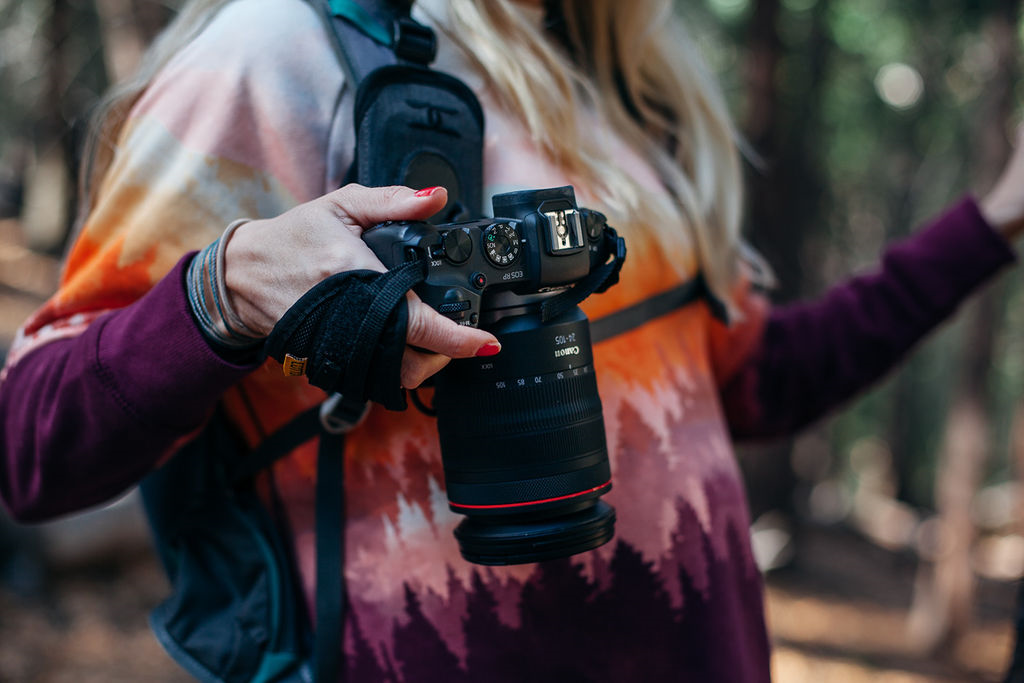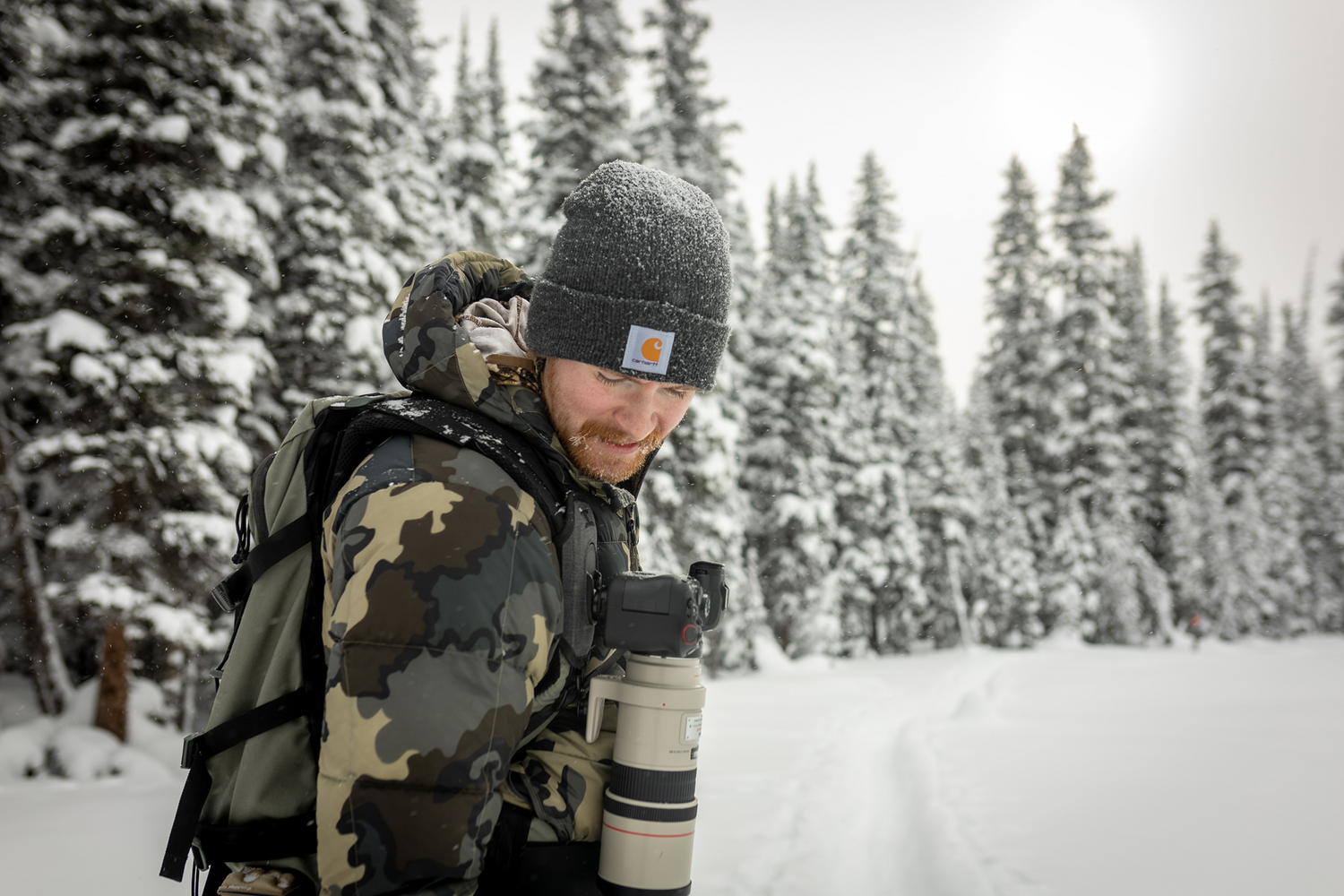The “October lull” is a term many deer hunters use to describe the mid-October period when deer sightings seem to decrease. After an active early season, hunters can feel disheartened when deer behavior becomes unpredictable and movements slow down. However, the October lull doesn’t have to be a roadblock in your hunting season. With the right approach, you can turn this perceived downtime into a successful opportunity. In this guide, we’ll explore why the October lull happens and share proven tips to help you conquer it.
What is the October Lull?
The October lull typically refers to a perceived reduction in deer activity during the first half of October. After the initial surge of movement and activity at the start of the hunting season, it often seems like deer become more elusive as the month progresses.
Several factors contribute to this phenomenon:
- Deer Transitioning: As the season changes from summer to fall, deer begin to shift their patterns. They move from summer feeding areas to fall food sources, which are often located deeper in the woods, making deer sightings less frequent in typical hunting spots.
- Hunting Pressure: By mid-October, many deer have already encountered hunters and become more cautious. Increased human activity can cause deer to change their movement patterns, often becoming more nocturnal to avoid hunters.
- Changing Food Sources: Early in the season, deer are often feeding in open areas like fields or food plots. As crops are harvested and acorns begin to fall, deer shift to these natural food sources deeper in the forest, reducing their visibility.
Tips for Conquering the October Lull
Despite the challenges, hunting during the October lull can still be productive if you adapt your strategies. Here are some tips to help you make the most of this period:
1. Focus on Fresh Food Sources
As acorns begin to drop, deer shift from open food plots to feeding in areas rich in acorns, particularly in oak groves. If you’re not seeing deer in their usual spots, scout for fresh signs of feeding in these wooded areas. Look for acorns, deer droppings, and hoof prints to locate active feeding zones. Food sources like these are often located near bedding areas, so hunting near oak trees with recent activity can increase your chances of success.
2. Scout for Bedding Areas
During the October lull, deer tend to move less during the day and remain closer to their bedding areas. Focus on hunting near thick cover or known bedding spots. Set up just outside of these areas, where you can catch deer moving to and from their beds in the early morning or late afternoon. Avoid getting too close to the bedding areas to prevent spooking the deer.
3. Hunt Cold Fronts and Weather Changes
Deer tend to be more active during cooler weather, especially as cold fronts move through. Warm October days often lead to deer becoming more nocturnal, but a drop in temperature can trigger daytime movement. Monitor the weather forecast and plan your hunts around cold fronts or rainy days, when deer are more likely to move during daylight hours.
4. Reduce Hunting Pressure
If deer are feeling pressured, they’ll adjust their behavior to avoid areas with heavy human activity. Limit your movements in and out of your hunting spots and try to stay undetected. Use trail cameras to monitor deer activity without having to scout in person too often. The less you disturb their environment, the more likely they are to stick to their natural patterns.
5. Minimize Unnecessary Movement
One of the keys to staying undetected during the October lull is minimizing unnecessary movement. Deer are incredibly sensitive to motion, especially during daylight hours when they are more cautious. Keep your movements slow and deliberate, whether you’re adjusting your position or reaching for gear. Use a hunting vest to keep your binoculars close to your chest and eliminates the need to fumble with straps or bags.
6. Use Calls and Scents Strategically
While the rut hasn’t started yet, bucks are beginning to prepare for it. During the October lull, subtle calling techniques like soft grunts or light rattling can sometimes catch the attention of a curious buck. Don’t overdo it—aggressive calls can spook deer at this stage of the season. Scent control is also important; using a scent drag or mock scrape can simulate early rut behavior and draw a buck in closer.
7. Stay Patient and Persistent
The October lull is known for testing a hunter's patience. You may not see as much activity as you did in the early season, but that doesn’t mean the deer aren’t there. Use this time to gather information on deer movement and patterns, and stay persistent. As the rut approaches, you’ll be in a better position to act on the knowledge you’ve gained during this slower period.
Why the October Lull Can Be a Good Time to Hunt
While the October lull can feel like a difficult time, it also offers some hidden advantages for savvy hunters:
-
Less Competition: Many hunters believe in the lull and take a break from hunting, which means less competition in the woods. Fewer hunters in the area can reduce pressure on the deer, allowing you to move in and hunt relatively undisturbed.
-
Bucks on the Move: Even though overall movement may seem reduced, bucks begin to shift their behavior during the October lull in preparation for the upcoming rut. Bucks will start marking territory and checking out does. This pre-rut behavior can lead to mature bucks moving around more than expected, giving you a chance to catch one off guard.
-
Pre-Rut Preparation: The October lull is an ideal time to scout for rubs and scrapes, which bucks use to mark their territory. By identifying these areas, you can set yourself up for success when the rut begins.
The October lull may feel like a frustrating part of the deer hunting season, but it doesn’t have to be. By understanding why deer behavior changes during this period and adjusting your hunting strategies accordingly, you can still find success. Focus on food sources, hunt near bedding areas, reduce pressure, and stay patient. With the right approach, the October lull can be just as productive as any other part of the hunting season. Stay persistent, and you may just harvest that big buck you've been waiting for!





